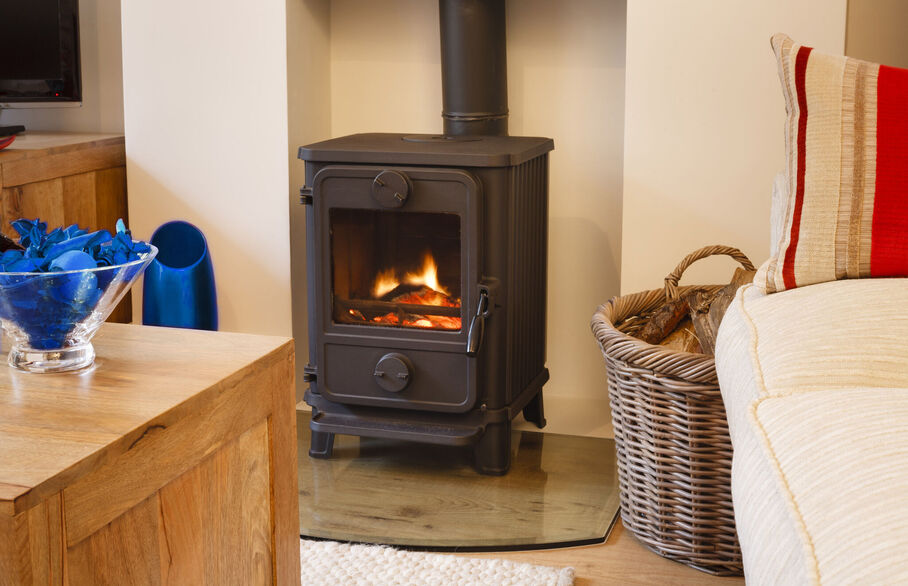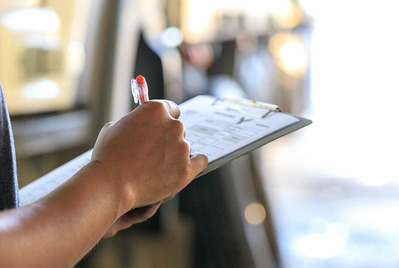
Every year we like to remind you of all the checks that should be made and steps you should take as a matter of best practice before winter sets in. And since the Homes (Fitness for Human Habitation) Act came into force last March, it’s particularly important that you do all you can to ensure your tenants’ home remains safe, secure and warm during the colder and wetter months.
Here are 8 key steps you should take now, if you haven’t done so already:
- Make sure the property is wind and watertight, checking for
- Missing tiles or flashing on the roof
- Cracks in brickwork, mortar or render
- Loose or broken guttering
- Cracked or broken window panes
- Degraded door and window seals
- Damaged door and window frames
- Have a maintenance contractor clear debris from guttering and drains around the end of autumn.
- Check that any fencing is in good order and well secured.
- Make sure the heating is working well. Have the radiators bled and check that the boiler and thermostats are all working properly. Remember, heating is a major cost for tenants, so the cheaper it is for them to keep the home warm, the more likely they are to be able to afford your rent.
- Have a plumber check that the pipework is in good order and properly insulated. If water in the pipes freezes, it can crack the pipes and then you’ll have leaks when it defrosts. If that water then gets into the electrical system, it can also present a fire risk.
- Make sure the electrics are in good order. With many people currently working from home, there are likely to be more appliances and pieces of technology plugged in, so make sure there are enough sockets and have an electrician check the electrical system can handle the demand. It’s also advisable to have an annual PAT test in October or November to make sure all your electrical appliances are safe.
- If the property has a working fire or log burner, have the chimney swept and check any flues are in good working order. Ensure you have appropriate Carbon Monoxide Alarms fitted.
- Remind your tenants:
- To keep the property sufficiently warm. When it gets particularly cold, water pipes are at risk of bursting, which can cause a huge amount of damage. Most modern systems have a ‘frost’ or ‘cold’ setting that means the heating kicks in below certain temperatures, so make sure your tenants know how to use it – particularly if they’re going to be away for more than a couple of days during a cold snap.
- To wipe up any condensation that forms on and around windows. It’s common in winter when there is a big difference between the temperature inside and outside, and you want to avoid surface mould forming.
- Not to overload extension cables and keep any electric heaters well away from curtains and furnishings.
- Where the stop cock is, in case of a burst pipe or other kind of water leak.
- Where the fuse board is, in case of a water leak or electrical problem.
- Of what numbers to call if there’s an emergency.
Finally – and importantly - check your insurance policy for the kind of things that are more common over winter:
- What are your maintenance obligations, e.g. for external drainage systems and protecting water pipes?
- Are you covered for fire & flood?
- If damage to the property results in tenants having to be re-housed, are those costs covered?
For a new quote or if you have any questions regarding landlord insurance, you can request a callback from one of our experts via the website.
Sign up to the Reeds Rains Landlord and Investor newsletter here
The Reeds Rains Content Marketing Team



